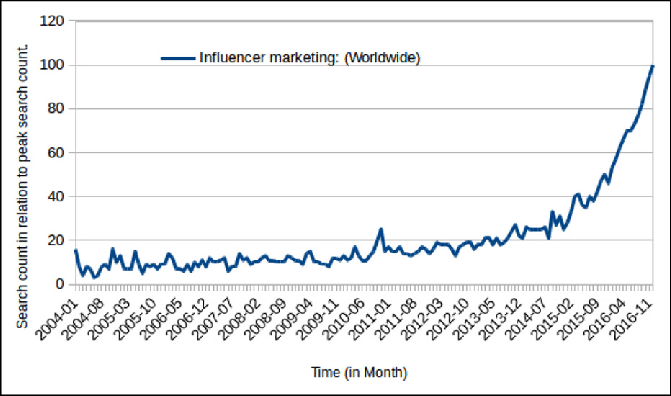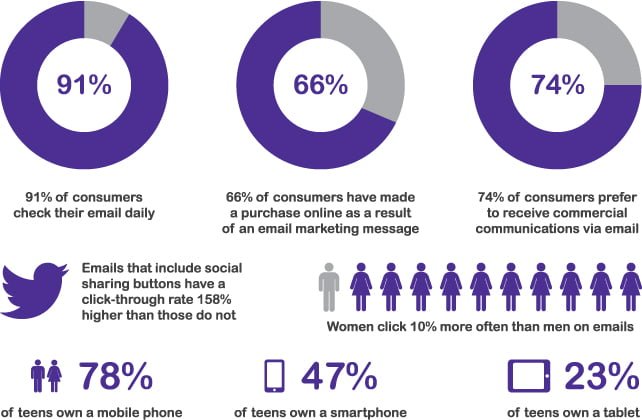
When deciding on your social media advertising strategy, there are many factors to consider, including user demographics, video content and mobile devices. To maximize the return on your advertising investments, it is important to analyze all user behavior across these channels. Continue reading to discover the most crucial statistics and insights that will help you build a successful brand. After reading these statistics, you will be able to determine which strategies work best for your brand.
Mobile devices
The number of smartphone users is growing steadily. A staggering 85% of internet users own a smartphone in 2017. This is a big increase on the 35% of smartphone owners who had smartphones a year before. These new smartphone users are typically younger, more educated, and higher-earning. Urban areas are also home to mobile phone users. And men and women own roughly equal numbers of smartphones. Marketers should consider the demographics of device users when deciding which channels to use to convert them to customers.
Shoppers are the most frequent use of a smartphone among those who consume media. The average mobile user spends more than four hours on their phone. Many of them are ready and willing to buy. They also tend to be more likely that their desktop counterparts to purchase. The number of mobile devices will surpass desktop internet usage by 2020, and in 2020, over 40 percent of all ecommerce will be done on mobile devices. In addition, fifty percent of smartphone users use their phones before brushing their teeth.
Shared video content
Social media is a place where video content can drive the most engagement and share than any other type. According to breadnbeyond, statistics show that video content generates more responses than other types of social media content. Here are some stats to help you plan your social marketing strategy. Find out how to start video marketing.

Online video is being watched by more people than ever. In addition, video is a more popular medium for consumers to interact with brands. According to Biteable, more than two billion people view online videos each week - almost half of the internet's users. Most of these users are young and solvent - a good sign for marketers. YouTube users average watching videos for around 1.3 hours each day.
Frequency
Identifying differences between campaigns in ad frequency data is crucial for determining which campaigns are most effective. The best way to make improvements to your ads is by identifying which campaigns yield the highest results. Here are some methods to segment ad frequency data according to campaign. These differences can be visualized using a bar chart. You can also use an Excel sheet to track the statistics for each campaign. Keep in mind, however, that certain actions may reset the learning phase for your ads. Therefore it is important that you keep track of these changes.
Social media networks have their own algorithms which determine the best time to post and the reach for posts. Facebook doesn't recommend publishing multiple updates per day in an attempt to increase organic reach. It is much better to only publish one update per day for a particular audience. Similar results have been found for LinkedIn, Twitter, and Instagram. Facebook has found that one post per day is more effective than multiple posts during the midday hours. Instagram is also more inclined to post videos than live video.
User demographics
You can target your audience better by using social media advertising user demographics. In the last four-years, Facebook has almost doubled the number of people between the ages of 25 and 49. Likewise, users of Twitter are younger, with 26% of the user base being between the ages of 18-29 and 30-49. Instagram's user base is also younger, with 35% of users being between the ages of 25-34 and 30% between the ages of 18-24. Depending on the product or service you are offering, demographics are essential when it comes to creating a marketing strategy.

Although it may seem daunting, demographics for social advertising can help determine the best platforms to target your customers. Understanding your audience is the first step. It is important to understand your audience and the demographics that they come from. A survey found that approximately two-thirds (or more) of Americans spend at least two hours per day on social media. It is important to remember this when choosing the social media platform.
FAQ
How do you make content that is good?
Content should be useful, interesting, and easily shared. The best content is clear and concise. It should include a call-to action such as a link, button, or link that allows readers to signup for a free trial, find out more about a product/purchase something from your site. You should also include visuals in your content to make it easy to share across all media.
What is one of the main goals of content marketing?
Content marketing is about creating valuable and relevant content for customers. This can be achieved through various channels, such as email campaigns and white papers. Delivering value is key.
How does content marketing differ from traditional advertising?
Traditional advertising focuses on getting attention, while content marketing focuses on providing value. Traditional advertising can be a waste of money as most people ignore it. Instead, content marketing is more effective and will lead to higher engagement rates.
What's the difference between content creation and content marketing?
Content marketing is the belief that all great brands share the same message. They deliver valuable information that people desire and need.
Content marketers are experts in creating the right content to fit each channel and at different times.
They also know how to implement a successful strategy in promotion and distribution.
That is, they think strategically about the things they do and what it means.
This is the foundation skill set required to be a successful content marketing professional.
How does content marketing work?
If someone visits your website, it's because they are looking for something particular. They will be happy if they find what you need. If they don't, they'll move on to the next provider. Content marketing helps you provide useful and valuable information that answers questions and solves problems. This content can also be used on social media, email and other platforms. So people will always be able to access it.
How does content-marketing work?
Content Marketing is a way to create engaging, valuable content that offers value.
Your audience will be more likely to trust you if you offer useful information, solve their problems, entertain them, or build relationships. People respond well to positive messages from brands they know and trust.
People enjoy reading things that interest them. Your readers will keep coming back for more when you write something interesting.
Your content should inspire people to act - whether they are buying your product, signing on for your newsletter, visiting you website, or sharing your article via Social Media.
The key to successful content marketing is to write compelling copy that engages your target market and provides them with the information they want and need.
Statistics
- Forty-seven percent of buyers view 3 to 5 pieces of content before engaging with a sales representative. (mailchimp.com)
- Content marketing produces 3X more leads per dollar spent. Content marketing costs 62% less than traditional marketing. (criteo.com)
- Seventy-two percent business to business (B2B) (mailchimp.com)
- We found that 40% of businesses don't have a documented strategy yet. (semrush.com)
- An example of an overarching goal could be: "In 2022, we want to achieve a 20% increase in revenue created by organic content and generate 15,000 MQLs with a budget of $30,000." (semrush.com)
- Measure your goals with a progress indicator of 0-100%. Make your goals collaborative and transparent (semrush.com)
- According to research compiled by Coschedule: Companies that publish 16+ blog posts a month get as much as 3.5x as much traffic as those that publish 0-4 posts a month. (criteo.com)
- According to the Content Marketing Institute, 70% of B2B marketers and 86% of B2C marketers surveyed use content marketing in some form or other. (criteo.com)
External Links
How To
Informationgraphic creation tips to help with content marketing
Infographics are one of the most effective ways to explain complex concepts simply, making information easy to understand. Infographics can be used to communicate your message.
For creating an infographic you'll need software such as Adobe Illustrator and Photoshop. These programs allow you to create infographics by drawing different shapes and elements. You can then use colors and fonts for your data. Once you have your design ready, upload images from Unsplash or Pixabay to add to it.
Looking at other infographics online can help you get ideas. A picture of a food Pyramid could be used to show how many calories each food has. Another option is to take a picture of a can of Coke and look at how much sugar it contains.
Once you have designed your infographic you can share it via social media channels, such as Facebook or Twitter. This allows people to learn more about the concept, even if they aren't familiar. Include hashtags if you plan to share your infographic via social media platforms. This will allow others to see what you're talking. Hashtags allow users to follow along with conversations surrounding specific topics.
You can make infographics shorter if your posts are short. An average blog post can range from 2000 to 5000 word, while an informationgraphic needs only 500 to 1000 words. You can communicate more information in less space.
Your infographic should be easy to read for some viewers. Your graphics should be large enough in font size and not rely on too much color. Also, ensure all text is legible.
Here are some other tips.
-
Select an Infographic Template. You can find many templates online or in printed formats. Canva (Piktochart) and Google Slides (Google Slides) are some of the most requested templates.
-
Make your Infographic. Use the template below to create your infographic. You can use any kind of media that you feel is appropriate for your audience. For example, creating an infographic about the best places to eat in Seattle might choose photos of local restaurants.
-
Add text. Add text to your infographic once you have it created. You can use Microsoft Word, PowerPoint or Canva to add text.
-
Add Images. Add images to an infographic. You can add images to your infographic. Make sure the picture is relevant to your topic before you add it.
-
Make It Interactive. You can add interactive elements, such as maps, buttons, and links. This will help engage your audience.
-
Share. Share your infographic when you are done.
-
Measure. How well did your infographic perform? Are people clicking through to your website or not? Did they sign-up for your email address? Was your infographic received well by them?
-
Improve. Are there ways you could improve your infographic? Do you think your infographic could be better?
-
Repeat. Do it again.